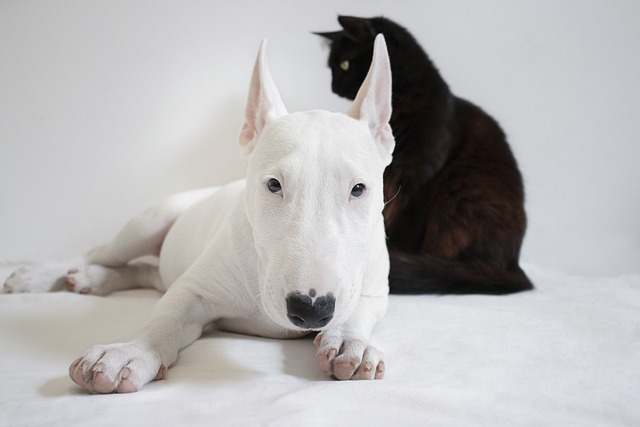
What causes kennel cough?
Most dog owners first notice kennel cough when their pup starts making that distinctive honking sound—often after a trip to the dog park or a stay at a boarding facility.
Your dog lives nose-first. That freshly sprayed lawn, the garden bed blooming with roses, even the baseboard behind the couch—they’re all fascinating worlds to explore. But when pesticides enter the picture, that curiosity can turn deadly. Let’s cut to the chase: Yes, pesticides pose serious, often life-threatening risks to dogs. From weed killers to rat poisons, these chemicals don’t discriminate between pests and pets. Understanding these dangers isn’t just smart ownership—it’s your legal and ethical duty under animal welfare laws across Europe and North America.
Pesticides come in many forms: insecticides for bugs, herbicides for weeds, rodenticides for rats. Their job is to kill, and they don’t care if your dog gets caught in the crossfire. Take rodent baits—those colorful blocks designed to attract rodents? They’re equally tempting to dogs. Anticoagulant types (like bromadiolone) cause internal bleeding that might not show symptoms for days. By the time you notice weakness or bloody vomit, it could be too late. Even "safer" lawn sprays aren’t innocent. Glyphosate—common in weed killers—can trigger vomiting and kidney damage if licked off paws. And never assume flea treatments are harmless. Using a product meant for cats on your dog, or misjudging the dose, can lead to seizures or worse.
Exposure happens easier than you’d think. A quick roll on grass treated yesterday, a stolen bait block from the garage, or simply licking dew off sprayed plants—all it takes is seconds. Symptoms range wildly: drooling, tremors, labored breathing, or sudden collapse. If you suspect exposure, don’t wait. Call your vet or poison control immediately. Time is literal life or death here.

So how do you protect your pup? Start by reading labels like your dog’s life depends on it—because it does. Those "keep pets off for 48 hours" warnings? They’re legal requirements in places like the EU, not suggestions. Lock all chemicals in sealed cabinets above paw height—never in soda bottles or food containers. Better yet, explore alternatives. Try nematodes for grubs, vinegar solutions for weeds, or diatomaceous earth for ants. For flea control, stick to vet-prescribed preventives. After walks, wipe paws with a damp cloth—public parks and sidewalks are often chemical minefields.
Culture matters here. In neighborhoods where manicured lawns are a status symbol, peer pressure to use chemicals runs high. Push back. Share pet-safe alternatives at community meetings. Many towns now restrict rodenticides to protect wildlife—leverage those laws. And remember: under animal welfare acts like the UK’s Animal Welfare Act 2006, failing to prevent known hazards like pesticides could be considered neglect.
Bottom line? Pesticides and pets are a dangerous mix. Regulations exist, but your vigilance is the final defense. Choose non-toxic solutions, store poisons like gold bars, and know the emergency numbers. Because protecting your dog isn’t just about love—it’s the law.

Most dog owners first notice kennel cough when their pup starts making that distinctive honking sound—often after a trip to the dog park or a stay at a boarding facility.

So, a friend has asked you to watch their furry best friend—how exciting! Whether it's for a weekend or a week, successful dog sitting starts long before the paw

If you’re a first-time dog owner staring at your new pup—whether it’s a fluffy golden retriever puppy or a calm rescue adult—you might be asking yourself, “Where do I even start?”

Bringing home a new dog—whether a wiggly puppy or a calm adult—feels exciting, but it’s easy to feel lost about where to start.

Bringing home a tiny Chihuahua or Yorkie puppy is exciting, but figuring out what to feed them can feel overwhelming.

If you’ve ever stared at a bag of store-bought dog treats, wondering if they’re worth the cost or filled with unnecessary additives